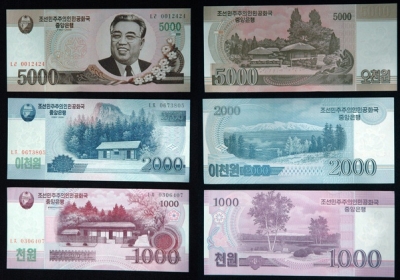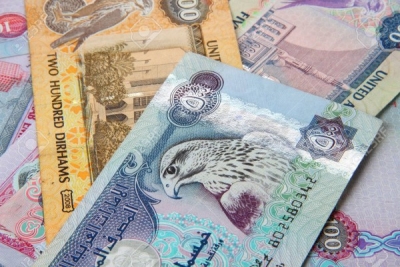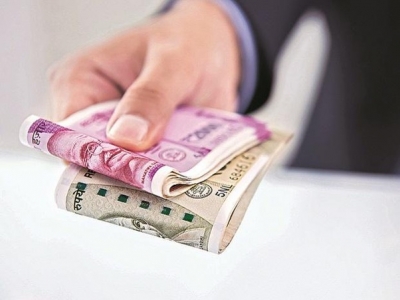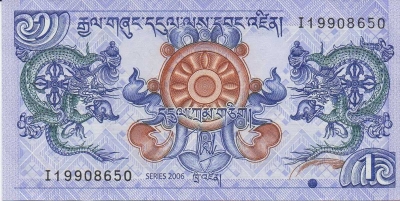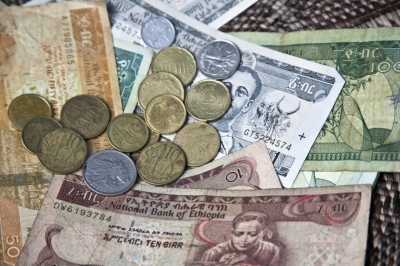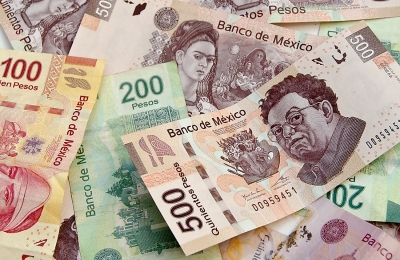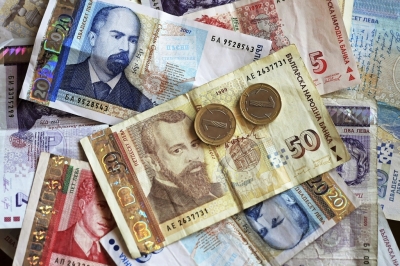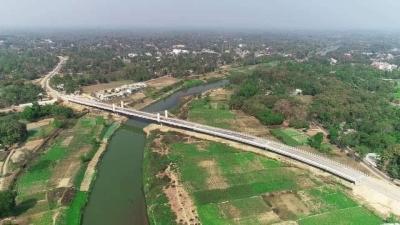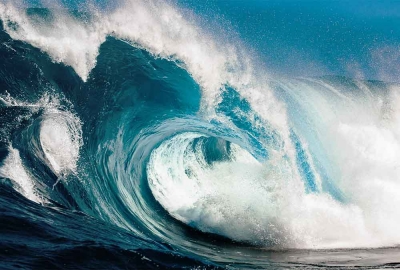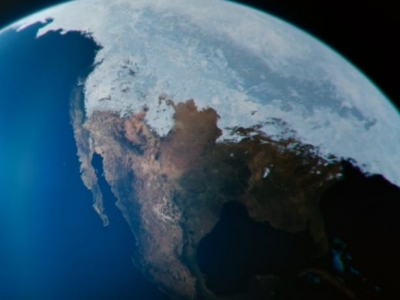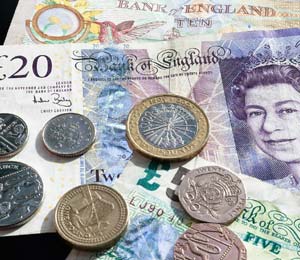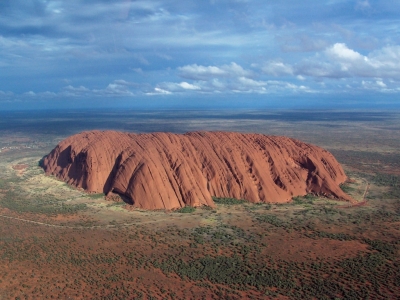Only one country in the world calls its currency yen. Which country is it?
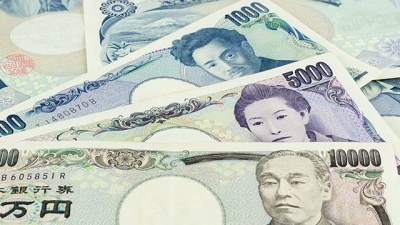
The yen is the official currency of Japan. It is the third most traded currency in the foreign exchange market after the United States dollar and the Euro. It is also widely used as a third reserve currency after the U.S. dollar and the Euro.
The spelling and pronunciation "yen" is standard in English because when Japan was first encountered by Europeans around the 16th century, Japanese /e/ (?) and /we/ (?) both had been pronounced and Portuguese missionaries had spelled them "ye". By the middle of the 18th century, /e/ and /we/ came to be pronounced [e] as in modern Japanese, although some regions retain the [je] pronunciation. Walter Henry Medhurst, who had neither been to Japan nor met any Japanese people, having consulted mainly a Japanese-Dutch dictionary, spelled some "e"s as "ye" in his An English and Japanese, and Japanese and English Vocabulary (1830). In the early Meiji era, James Curtis Hepburn, following Medhurst, spelled all "e"s as "ye" in his A Japanese and English dictionary (1867); in Japanese, e and i are slightly palatalized, somewhat as in Russian. That was the first full-scale Japanese-English/English-Japanese dictionary, which had a strong influence on Westerners in Japan and probably prompted the spelling "yen". Hepburn revised most "ye"s to "e" in the 3rd edition (1886) to mirror the contemporary pronunciation, except "yen". This was probably already fixed and has remained so ever since.
Picture Credit : Google
